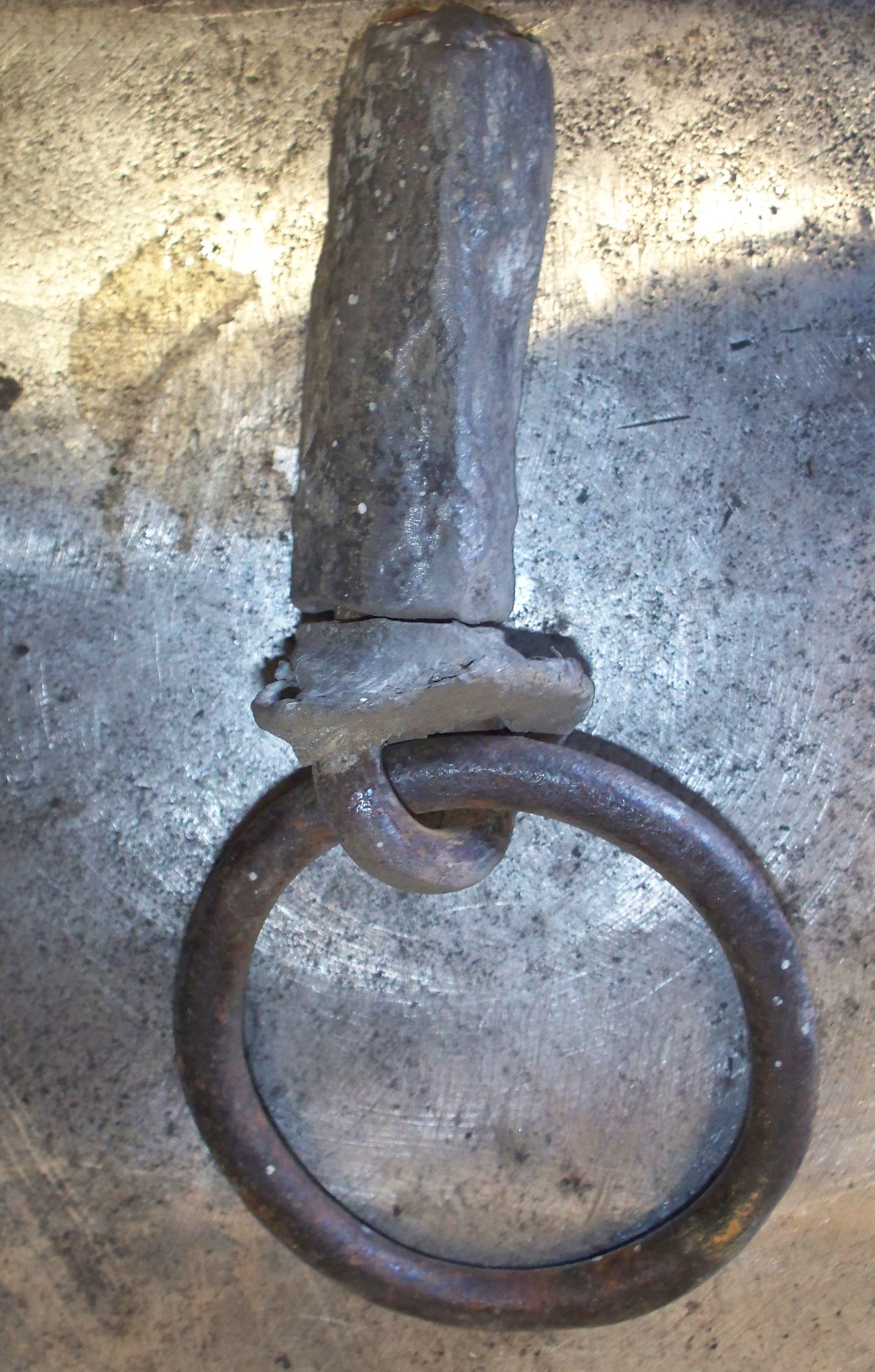Encyclopedia Dubuque
"Encyclopedia Dubuque is the online authority for all things Dubuque, written by the people who know the city best.”
Marshall Cohen—researcher and producer, CNN
Affiliated with the Local History Network of the State Historical Society of Iowa, and the Iowa Museum Association.
HORSE RACING: Difference between revisions
No edit summary |
No edit summary |
||
| Line 3: | Line 3: | ||
A popular "race track" in 1876 was Locust Street which, according to the ''Dubuque Herald'', offered "a fine opportunity for a burst of speed." (2) Racing moved to Jackson Boulevard because the street was away from the business district and lightly traveled. In 1877 the police prohibition against racing along Locust Street led to development of a track along Grandview Avenue from Delhi to the fire station. The one hundred foot wide street could accommodate as many as five horses. | A popular "race track" in 1876 was Locust Street which, according to the ''Dubuque Herald'', offered "a fine opportunity for a burst of speed." (2) Racing moved to Jackson Boulevard because the street was away from the business district and lightly traveled. In 1877 the police prohibition against racing along Locust Street led to development of a track along Grandview Avenue from Delhi to the fire station. The one hundred foot wide street could accommodate as many as five horses. | ||
Traditional racing began May 21, 1866, with the opening of the [[DUBUQUE DRIVING PARK]], a thirty-acre site along the Sageville Road. The first race along the half-mile circular track was won in 58 seconds. By 1875, however, races prior to the Fourth of July were cancelled due to lack of interest and disputes over what days races might be held. (3) | |||
[[STOUT, Henry L.|Henry L. STOUT]] put Dubuque into the national horse racing scene with his ownership of the famous stallion [[NUTWOOD]] and his development of [[NUTWOOD PARK]]. By joining the Western Racing Circuit, Dubuque racing enthusiasts were treated to the sight of such horses as “Kingwood,” “Sarah S.,” and “Dan Patch.” | [[STOUT, Henry L.|Henry L. STOUT]] put Dubuque into the national horse racing scene with his ownership of the famous stallion [[NUTWOOD]] and his development of [[NUTWOOD PARK]]. By joining the Western Racing Circuit, Dubuque racing enthusiasts were treated to the sight of such horses as “Kingwood,” “Sarah S.,” and “Dan Patch.” | ||
Revision as of 02:23, 26 November 2015
HORSE RACING. On Christmas Day 1846, a horse race with four-horse sleighs was reported to have occurred across the ice on the MISSISSIPPI RIVER to Galena. In December 1876, a track was laid out on LAKE PEOSTA. The Dubuque Herald offered the opinion that "trotting on the ice is all the go for fast horses. The track is good, offering all the advantage to the fast horse." (1)
A popular "race track" in 1876 was Locust Street which, according to the Dubuque Herald, offered "a fine opportunity for a burst of speed." (2) Racing moved to Jackson Boulevard because the street was away from the business district and lightly traveled. In 1877 the police prohibition against racing along Locust Street led to development of a track along Grandview Avenue from Delhi to the fire station. The one hundred foot wide street could accommodate as many as five horses.
Traditional racing began May 21, 1866, with the opening of the DUBUQUE DRIVING PARK, a thirty-acre site along the Sageville Road. The first race along the half-mile circular track was won in 58 seconds. By 1875, however, races prior to the Fourth of July were cancelled due to lack of interest and disputes over what days races might be held. (3)
Henry L. STOUT put Dubuque into the national horse racing scene with his ownership of the famous stallion NUTWOOD and his development of NUTWOOD PARK. By joining the Western Racing Circuit, Dubuque racing enthusiasts were treated to the sight of such horses as “Kingwood,” “Sarah S.,” and “Dan Patch.”
"Dan Patch" returned to Dubuque in 1907 but was unable to beat his own world's record of l:55 over one mile. Nutwood Park witnessed its last major race in 1915 before the buildings were dismantled and the land found new use as an AIRPORT.
Racing came again to Dubuque in July 1938, when events were held as part of a 4-H Achievement Show at SILVER ACRES along Pennsylvania Avenue. A fast quarter-mile track constructed in 1937 and fast horses attracted 10,000 people to the first annual Dubuque Horse Show and Harness Racing Meet. Horse fairs were also held there in 1939 and 1940.
---
Source:
1. "Caught on the Fly," Dubuque Herald, December 30, 1876, p. 4. Online: https://news.google.com/newspapers?nid=uh8FjILnQOkC&dat=18761230&printsec=frontpage&hl=en
2. "Caught on the Fly," Dubuque Herald, December 20, 1876, p. 4. Online: https://news.google.com/newspapers?nid=uh8FjILnQOkC&dat=18761220&printsec=frontpage&hl=en
3. "Races Abandoned," Dubuque Herald, June 20, 1875, p. 4. Online: https://news.google.com/newspapers?nid=uh8FjILnQOkC&dat=18750620&printsec=frontpage&hl=en
Kruse, Len. "Dubuque Once Famous for Horse Racing," Julien's Journal May, 1985


